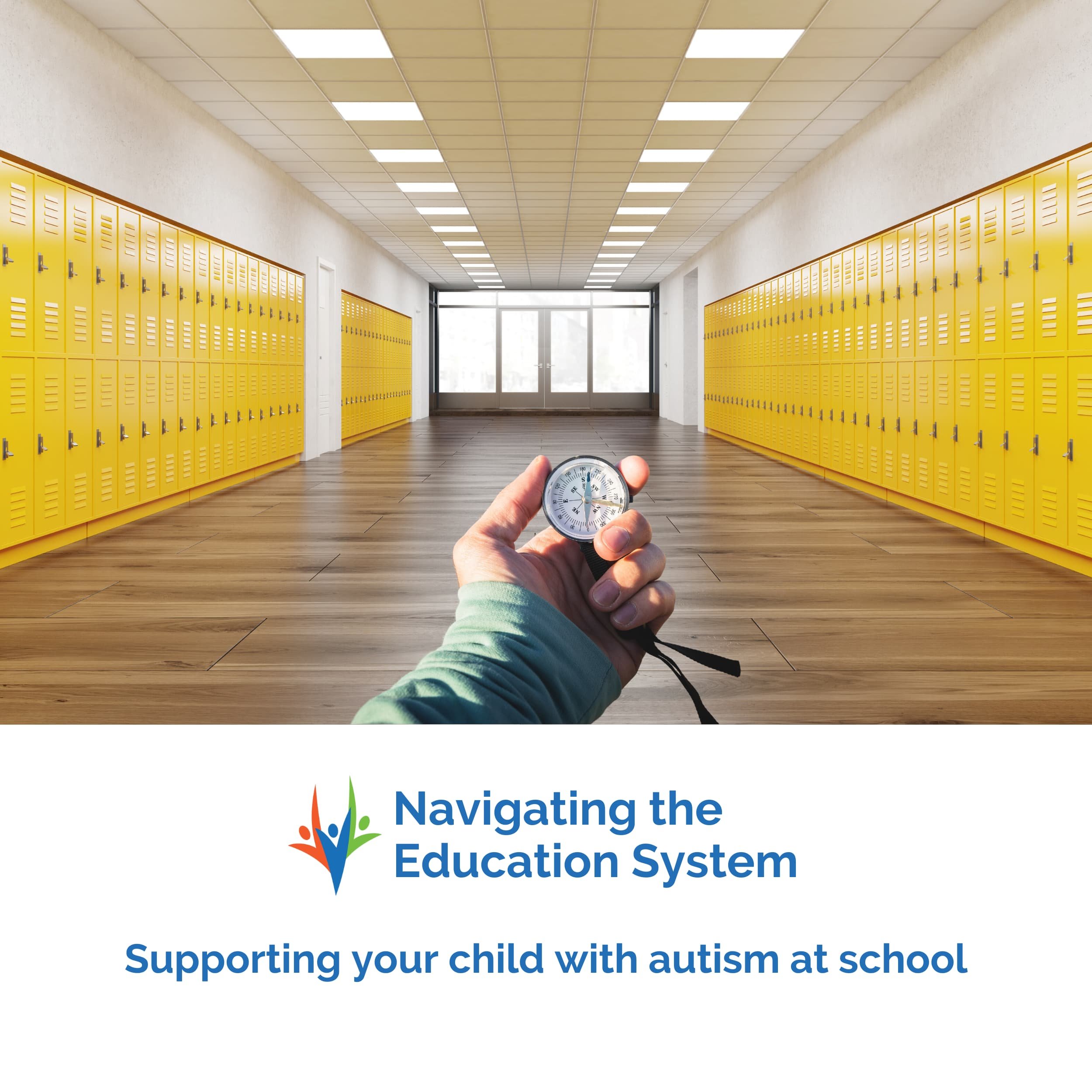What is an IEP and how does it help your child access supports at school?
IEP stands for Individualized Education Plan; whether this is your first IEP or not, it can be a little overwhelming. As a parent who's been through the process let me break it down for you.
The IEP is the plan that puts into place the resources and supports identified as beneficial to your child to help them achieve their academic goals.
Your child's IEP is created by a team which includes you. It can also include the principal at your child’s school, a general education teacher, usually a special education teacher, and anyone else that may be part of your child’s team (an ABA clinician, psychologist, speech therapist, physical therapist, social worker etc.).
Your child’s IEP includes their goals, specialized services, your child’s strengths, your child’s needs, and your child’s current level of performance.
The goals in the IEP are developed based on your child’s strengths and needs that were identified in the IPRC (for more on the IPRC click here). They are used to determine the services and support your child’s school will put in place to make sure your child is learning and growing while at school.
The current level of performance explains how your child is doing right now so that you can track progress over time.
Your child’s IEP will also include accommodations. Accommodations are a big part of the IEP document. Everyone learns differently and at a different pace. Accommodations are simple changes to the way the curriculum is delivered to help your child learn in the way most effective for them. For example, an accommodation might be changing the way the information is presented. So if your child misses a lot of information when it is presented verbally, a simple accommodation may be that the teacher provides all instruction in written form to your child because this is more helpful to them. Another accommodation may be to reduce the number of questions on a test. The teacher may only need your child to complete 6 of the 10 questions in order to grade for the understanding of a particular subject and would cross out the other 4 repetitive testing questions.
The IEP will also include any specialized services that may be required for your child. Things like occupational therapy, speech therapy, physiotherapy, counselling services. These are all services that are put into place to help your child meet the goals within their education plan.
Finally, the IEP must be reviewed a minimum of 2 times a year. The school board must present the plan within 30 days of the start of the school year (usually this falls around Thanksgiving). Most school boards present the plan for review a second time around February (which is most often the beginning of their second term). An IEP can be changed or modified at any time of the year. If you have received outside recommendations you are encouraged to write to your child’s teacher and principal to have the IEP updated with the new information at any time of the year.
For more information about the IEP go to http://www.edu.gov.on.ca/eng/general/elemsec/speced/individu.html
If you found this information helpful, please bookmark this page for future use. Also, we regularly host a virtual workshop called “Navigating the Education System: Understanding the language and knowing your rights” you can take part and learn more about the IPRC and other way to advocate for your child at school.
To sign up for the Navigating the Education System workshop click the button or choose from an upcoming session below.

